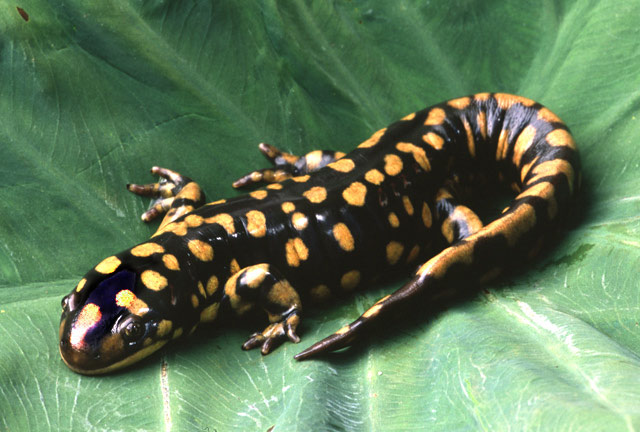Plant toxins are any substances or chemicals produced by plants that are significantly harmful to humans when ingested or even by just being exposed to them would cause diseases.
Poison ivy
Poison ivy is a mighty liana which clings tightly to the stalks of trees in Europe, North America, West-, Middle- and East Asia.
Poison ivy is a ten-meter-high tree. The leaves and the bark of both plants contain a very poisonous resinous substance which has an allergenic effect. A subsequent exposure to their poison is always more dangerous than a previous one. The most toxic compound is the oleoresin.
Poison ivy sap badly damages skin after a short-lived itching. In a few hours, a rash appears as well as reddening and swelling of parts of the body that have been in contact with the plant. After that, itching returns accompanied by a local sharp stinging pain.
General symptoms also include fever, vomiting and diarrhea. There is a great risk of a lethal end after oral intake of parts of the plant.
Daffodil, Narcissus
Many people do not even suspect that this seemingly innocuous plant actually contains poisonous alkaloids!
 |
According to ancient Greek mythology, once there was a handsome slender lad called Narcissus. Many beautiful nymphs were in love with him but he was haughty and rejected their love. One day, he saw his face in the clear water of a mountain brook and fell so deeply in love with his own reflection that he couldn’t leave that place any more. He died there and a beautiful flower–“the flower of death”–grew from the place where his head had dropped. Consequently, it was named after the self-enamored Narcissus.
The number of the varieties has already reached 12,000. Most people are familiar only with the aesthetic value of the daffodil and are completely unaware of the fact that these wonderful blossoms– yellow or white with a red brim–and the bulbs contain the poisonous alkaloids narcitine and narcicysteine. They have no application in modern medicine.
Oleander
The poisonous effect of the oleander has been well known for centuries. There are data relating to its having poisoned Napoleon soldiers during one of their campaigns.
The oleander is an evergreen perennial bush originating from the Mediterranean. It can reach up to 5 m of height. It has dark green spear-shaped leaves and beautiful fragrant white, red or orange tufty blossoms. It blooms between May and October. The bush is cultivated as a decorative plant in many countries all over the world. All of its parts are very poisonous. For example, one leaf is enough to cause death.
The oleander contains the toxic glycoside oleandrin. The latter can be considered a cardiac glycoside and is very similar to those found in •foxglove•(Digitalis) and•pheasant's eye•(Adonis vernalis).
The characteristic poisoning symptoms are as follows: nausea, vomiting, accelerated or retarded heartbeat, and cardiac arrest.
Animal toxins are toxins resembling bacterial toxins in its antigenic properties that is found in the fluids of certain animals.
Sea scorpion
These fish also live in shallow waters and stay most of the time on sandy and rocky bottoms feeding on crustacea and coastal fish, mainly sea-dwellers. They can be found in sandy beaches, rocky coastlines and in coral reefs to a depth of 93 m. They usually inhabit warm tropical and subtropical seas but some prefer the temperate zone. The skin resembles algae or sponges and is often mottled, with patches of red or blue. Sea scorpions are well camouflaged, which makes them difficult to distinguish from rocks and seaweed. Besides, their low mobility makes them even harder to notice.
Some species reach 43 cm in length. Sea scorpions have a variable number of dorsal spines with venom glands. The spines are covered with skin that is much thicker than that of a lion-fish. Generally, scorpionfish produce milder stings than lion-fish but there are some species that can cause very strong pain.
Scorpionfish are not important for the economy but they have very tender and tasty flesh. Some species are endangered.
Salamander
This is an amphibian which inhabits Central and South Europe, Northwest Africa and Southwest Asia. The body is about 20cm long with a short tail and short strong limbs without a web. The skin is shiny black with bright yellow spots. It lives in wet forests, on the costs of mountain rivers and streams. It is active in dusk and night and feeds on invertebrates.
 |
| http://www.animalspot.net/tiger-salamander.html |
The salamander also secrets its poison through the skin like the the amphibians. |
When teased, the animal secrets the defensive poisonous liquid which contains salamandrin and steroid alkaloids. Salamandrin is a strong neurotoxin so the poisoning is usually characterized by convulsions. The salamander cannot be dangerous for humans.

